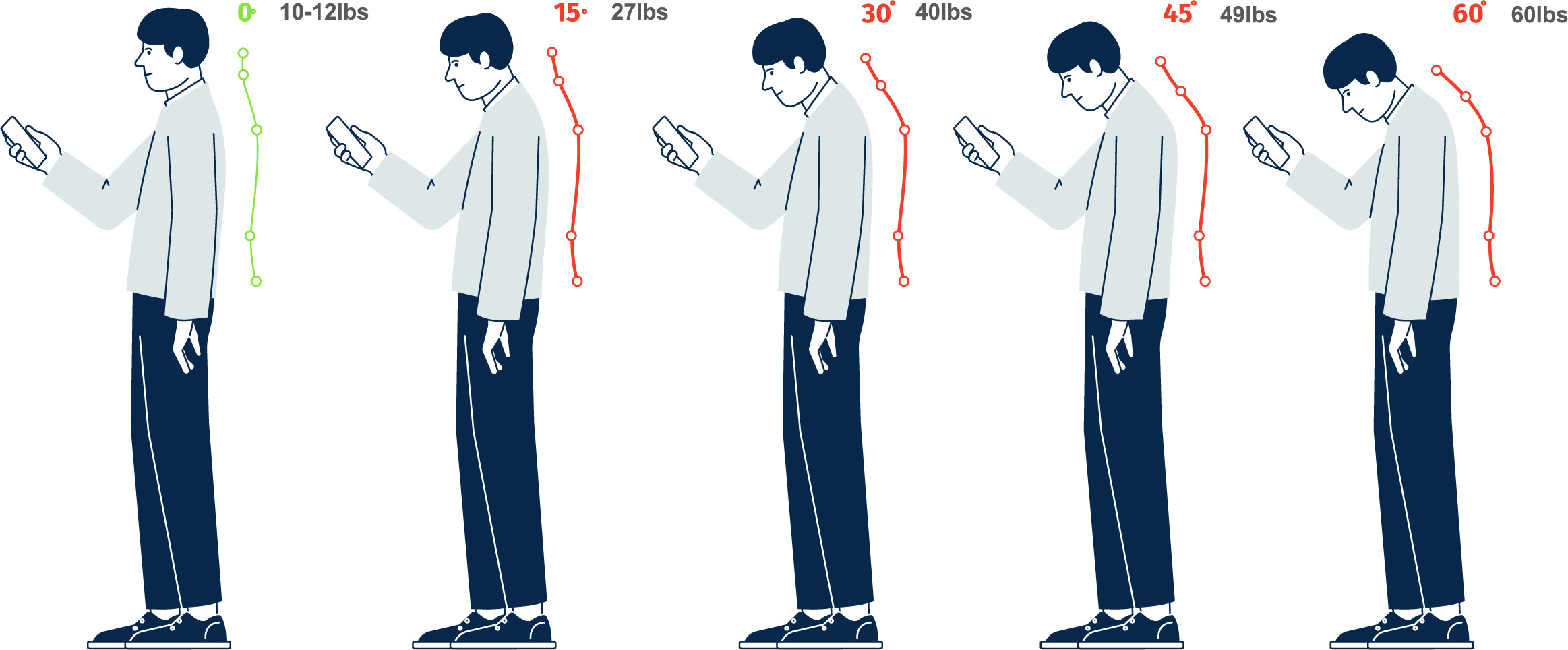About Computer Ergonomics
The original purpose of ergonomics was to enhance both the efficiency and well-being of the workforce. Who can forget the infamous Hawthorne study. Today as an ergonomist my role is to keep an employee safe from suffering a musculoskeletal injury while performing their responsibilities at the highest level of proficiency. Because workers' compensation laws are state specific, there are no absolutely clear answers that apply across the board. The importance of creating a written policy for work-at-home situations cannot be stressed enough

Our Process
9 Common Computer Ergonomics Mistakes
1. Improper use of seating
Instead of sitting with your shoulder blades firmly against the seat back; you are sitting on the front edge of the chair. The ergonomic seating is designed to maintain the human body in a neutral position. No excessive force is then placed upon the neck, shoulders, or back. When you sit on the front edge of the chair; your body has no support from the chair. Approximately 80% (according to NIOSH) of computer users report discomfort in the neck, shoulders and back
2. Document holder
The human head weighs approximately 10 pounds. When you use a document holder (placed next to the monitor) and sitting properly in your chair; this is the ideal arrangement. But if you instead are leaning over a document lying flat on the work surface you are asking your neck and shoulders to support hundreds of pounds of force all day; everyday. For with each inch you lean forward the weight of your head doubles.
3. Phone cradle
The human body is a complex machine with many sophisticated systems such as nerves and blood vessels. When you cradle a phone between your head and shoulder top you are compromising both the nerve and blood flows. Just like the kink in a water hose; the flow is reduced. Phone cradling can permanently interfere with the necks vital systems of nerves and blood vessels
4. Ninety degrees
The neutral body position for computer users means maintaining the elbows and knees at 90 degrees. By keeping your feet flat on the floor (knees at 90 degrees) you avoid unnecessary force or pressure on your back. Elbows at 90 degrees translates into less chance of physical discomfort with your wrists, arms, and shoulders.
5. Straight ahead
Viewing the monitor in a straight ahead manner reduces the unnecessary force on the neck and shoulders. Viewing a monitor with your head twisted to one side is not recommended.
6. Same plane
The human arm weighs approximately 8 pounds. When your computer keyboard and mouse are on the same plane this is the best position for you. If one is placed on a higher level, such as one on the desk top the other on a keyboard tray; you’re asking your neck and shoulders to hold up hundreds of pounds of force throughout the day; everyday
7. Wrist rests
Wrist rests are just that. A place to rest when not operating the keyboard or mouse. Too often I observe computer users pressing downward upon the wrist rests while keying or clicking. This constant downward pressure will ultimately lead to difficulties with the wrist. Keep your wrists above the rest while keying or clicking and use the wrist rest when you stop.
8. Can you see me
When you have difficulty viewing what is on the monitor you will adjust your body position in order to see. I observe computer users leaning to get closer to the monitor or if they wear bifocals they are tipping their heads upwards. Remember you are viewing a pixel, a projection, and the words are not as sharp when compared to a printed page. When you use a computer have your eyes examined annually and bring your responses to our vision discovery instrument. Be sure to follow our guidelines for the best colors. Without the correct prescription you will reduce your accuracy by as much as 9% and your productivity by 38%.
9. Dancing feet and empty chair
There is no reason you can’t stretch your legs, cross legs, or adjust your feet’s position. But maintaining your feet flat (knees at 90 degrees) your back against the seat back reduces the likelihood of unnecessary forces on your back. Stretching is okay. Sitting on top your leg or feet on top of the chair pedestal; bad.

